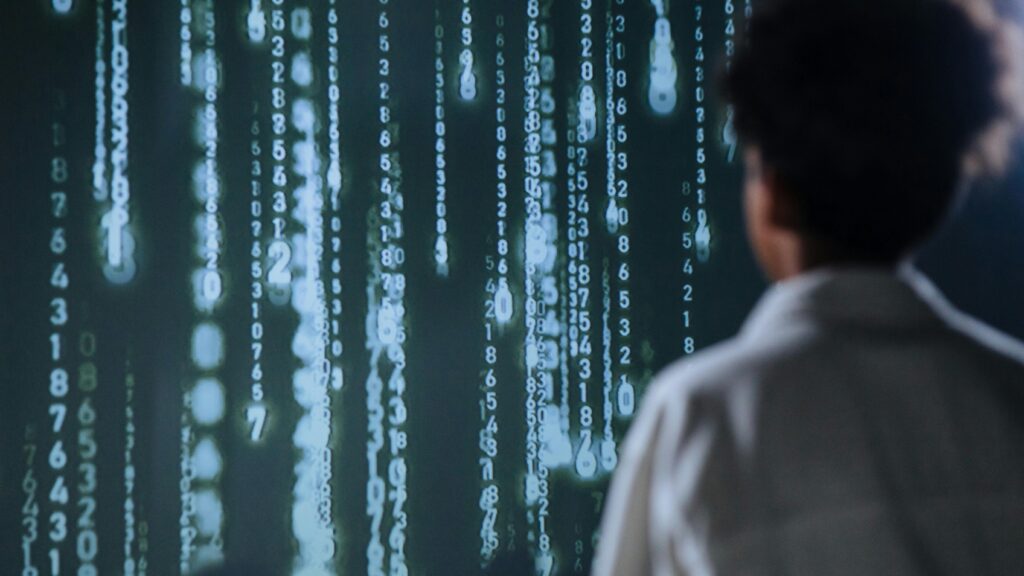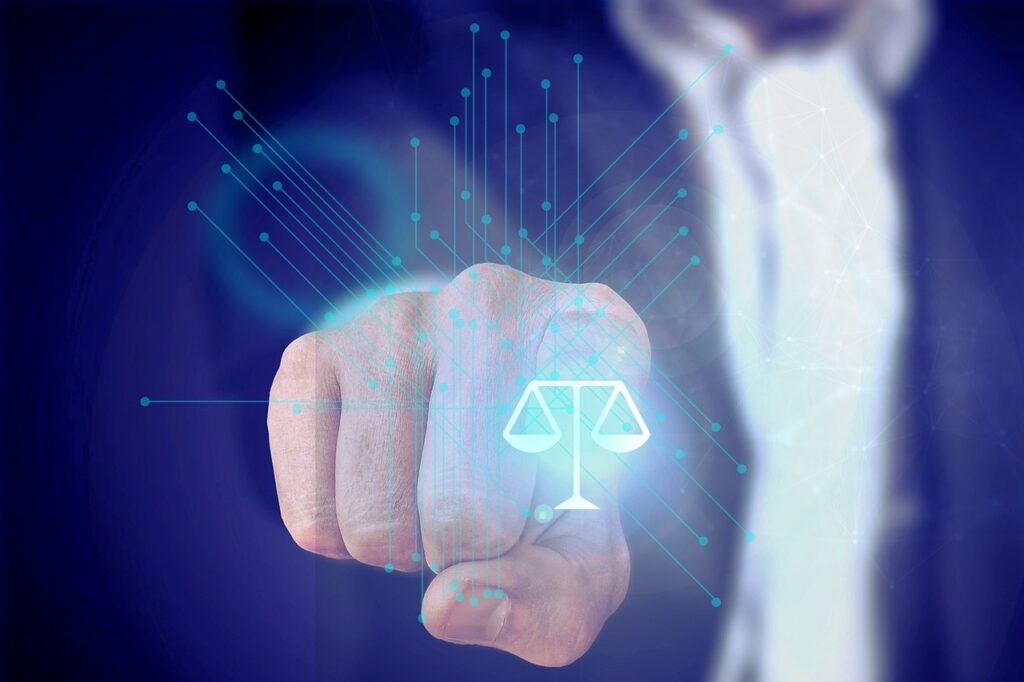Published on 27th April 2025
Authored By: Sudeep Gupta
Lucknow University
Introduction
The digital revolution has transformed India into a global technology hub, with over 900 million internet users as of 2023. However, this rapid digitization has also exposed individuals, businesses, and government entities to sophisticated cyber threats. Cyber crimes in India have evolved from simple phishing scams to complex ransomware attacks and AI-driven fraud, posing significant challenges to the legal framework. This article examines the emerging threats in India’s cyber landscape, evaluates the efficacy of existing legal mechanisms, and proposes reforms to strengthen the nation’s cyber resilience.
Evolution of Cyber Crimes in India
The trajectory of cyber crimes in India mirrors global trends but is compounded by localized vulnerabilities. In the early 2000s, offenses were limited to email scams and website defacements. The Information Technology (IT) Act, enacted in 2000, provided foundational legal provisions but lacked specificity. The 2008 amendment to the IT Act, prompted by the Mumbai terror attacks and increased digital dependency, introduced critical changes:
-Section 66: Criminalized identity theft, phishing, and hacking.
-Section 66F: Defined cyber terrorism.
– Section 43: Imposed penalties for data breaches.
Despite these measures, the surge in digital adoption during COVID-19 exacerbated vulnerabilities, with a 500% increase in cyber crimes reported between 2019 and 2022 (CERT-In).
Emerging Cyber Threats in India
1. Artificial Intelligence (AI) and Machine Learning (ML) Driven Attacks
Cybercriminals now deploy AI to automate phishing, bypass security protocols, and create malware that adapts to countermeasures. For instance, AI-generated voice scams mimicking relatives in distress have duped victims into transferring funds.
2. Deepfakes and Synthetic Media-
Deepfake technology, which manipulates audio-visual content to impersonate individuals, threatens political stability and personal reputations. A 2023 incident involved a fabricated video of a prominent politician endorsing a fraudulent scheme, highlighting risks to democratic processes.
3. Cryptocurrency and Blockchain Exploitation-
The anonymity of cryptocurrencies facilitates ransomware payments, darknet transactions, and Ponzi schemes. In 2022, the GainBitcoin scam defrauded investors of ₹20,000 crore, underscoring regulatory gaps in decentralized finance.
4. IoT and Critical Infrastructure Vulnerabilities-
India’s push for smart cities and IoT integration has exposed power grids, healthcare systems, and transportation networks to sabotage. In 2021, a ransomware attack paralyzed the IT systems of a major Mumbai hospital, delaying critical patient care.
5. Ransomware-as-a-Service (RaaS)-
RaaS platforms enable even non-technical criminals to launch attacks. The 2023 breach of a national bank’s servers, resulting in ₹90 crore theft, exemplifies this trend.
Legal Framework and Responses
1. The IT Act, 2000, and Amendments-
The IT Act remains the cornerstone of India’s cyber law:
Section 43A: Compels corporations to implement data safeguards.
Section 66C: Punishes identity theft.
Section 72: Protects privacy breaches.
However, critics argue the Act is reactive, struggling to address AI-driven crimes and cross-border jurisdictional issues.
2. Indian Penal Code (IPC) and Complementary Laws-
Sections of the IPC supplement the IT Act:
Section 420: Criminalizes cheating.
Section 468: Addresses forgery.
Section 509: Penalizes online harassment.
The proposed Digital Personal Data Protection Act, 2023, aims to modernize data governance but awaits implementation.
3. Institutional Mechanisms-
Indian Cyber Crime Coordination Centre (ICCCC): Launched in 2020, it facilitates inter-agency collaboration and houses the National Cyber Crime Reporting Portal.
Computer Emergency Response Team (CERT): Mandates incident reporting within six hours for critical sectors.
Judicial Responses
Landmark judgments have expanded interpretations:
- Shreya Singhal v. Union of India (2015): Struck down vague provisions of Section 66A, safeguarding free speech.
- Justice K.S. Puttaswamy v. Union of India (2017) : Recognized privacy as a fundamental right, influencing data protection norms.
Case Studies
1. Cosmos Bank Cyber Heist (2018)
Hackers infiltrated the Pune-based bank’s servers, siphoning ₹94 crore via cloned debit cards and SWIFT transfers. Exposed weaknesses in legacy banking systems.
2. Aadhaar Data Breach Controversy (2018)
A Tribune report revealed unauthorized access to Aadhaar details for ₹500, prompting debates on biometric data security.
3. Air India Data Breach (2021)
Personal data of 4.5 million passengers was leaked, highlighting third-party vendor risks under Section 43A.
Challenges in Legal Enforcement
- Jurisdictional Complexity: Cross-border crimes evade national laws; mutual legal assistance treaties (MLATs) are slow.
- Anonymity and Encryption: Darknet and VPNs obscure criminal identities.
- Capacity Gaps: Law enforcement lacks technical training and cyber forensics tools.
- Low Reporting Rates: Social stigma and mistrust in authorities lead to underreporting, especially in cyber harassment cases.
Recommendations for Reform
- Enact a Comprehensive Cyber Crime Code: Consolidate laws addressing AI, deepfakes, and IoT under a dedicated statute.
- Strengthen International Cooperation: Ratify the Budapest Convention and enhance Interpol collaboration.
- Invest in Cyber Infrastructure: Modernize forensic labs and establish specialized courts.
- Public-Private Partnerships: Encourage tech firms to share threat intelligence.
- Awareness Campaigns: Educate citizens, particularly youth, on digital hygiene.
Conclusion
India’s cyber legal framework has made strides but requires agility to counter evolving threats. Legislative reforms, institutional capacity building, and international synergy are pivotal to securing India’s digital future. As technology advances, the law must remain dynamic, ensuring justice in both virtual and real worlds.
References
-Ministry of Electronics and Information Technology (MeitY). (2023). Annual Cyber Security Report.
- National Crime Records Bureau (NCRB). (2022). Crime in India Statistics.
- CERT-In. (2023). Advisory on Ransomware Attacks.
- Supreme Court of India. (2017). Justice K.S. Puttaswamy v. Union of India.




